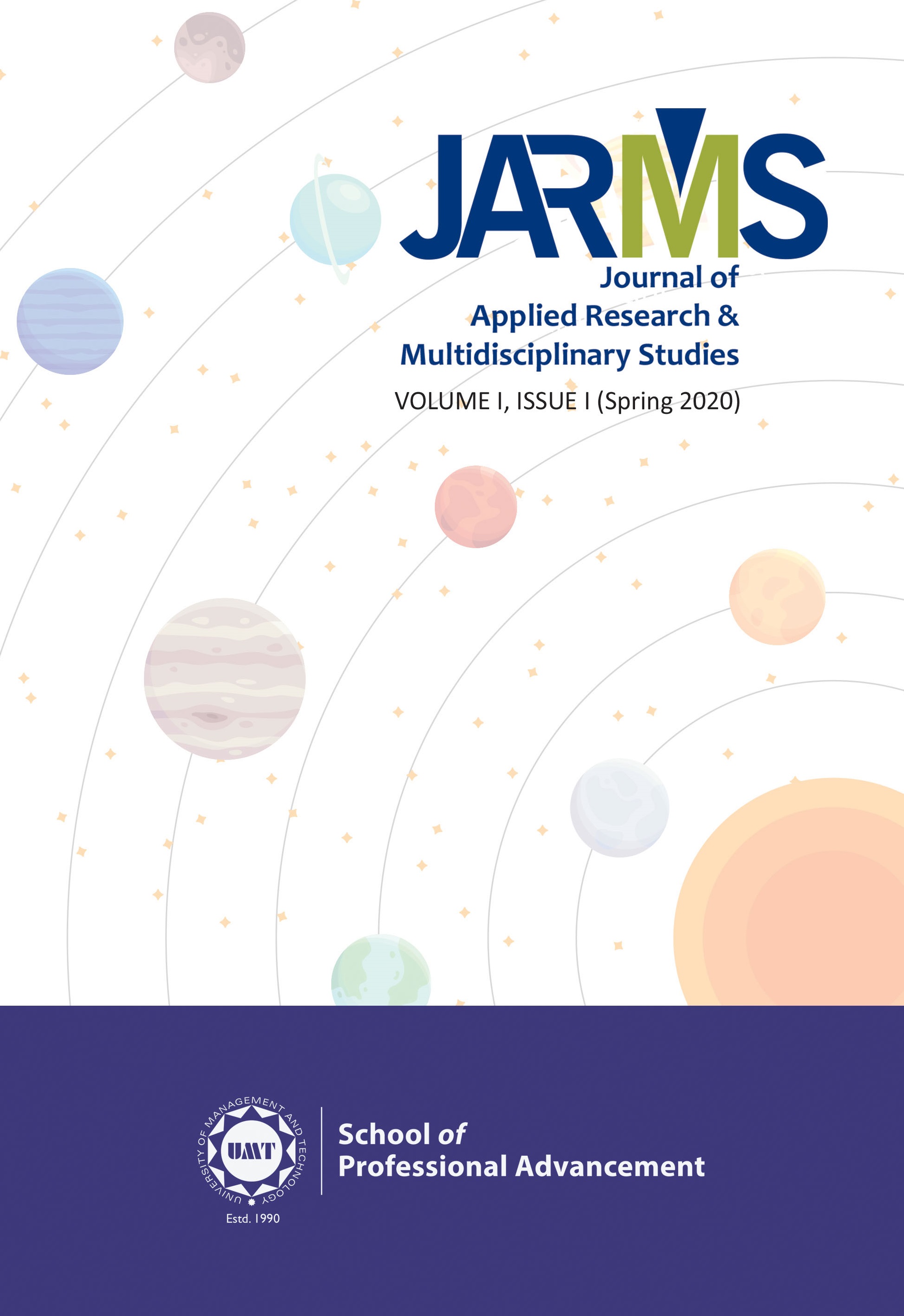Article Impact of Foreign Direct Investment on CO2 Emissions in South Asian Countries: The Moderating Role of Institutions
Abstract
 Abstract Views: 62
Abstract Views: 62
This study investigates the moderating role of institutional quality on the empirical relationship between FDI and Carbon dioxide emission for panel of South Asian regions for the period 1996-2019 by using Dynamic OLS (DOLS) estimations. The literature on Pollution Haven Hypothesis (PHH) is extensive but the influencing role of institutions affecting the PHH is relatively limited especially in the context of South Asian economies. Unit Root test, Pedroni Cointegration test, Dynamic OLS, FMOLS and VECM methods has been used for the estimation of results. The significant moderating effect of institutions is observed on the association between Foreign Direct Investment and Carbon dioxide emissions. Firstly, we examined the relationship between Foreign Direct Investment and Carbon dioxide emissions and found out that Foreign Direct Investment increases Carbon dioxide emissions; hence the presence of PHH is found for South Asian countries. Then the institutions were introduced to analyze their moderating effects. The results show that mediating role of institutional quality is crucial in the nexus between FDI and CO2 emission. In the presence of quality institutions, Foreign Direct Investment significantly decreases the level of CO2 emission.
Downloads
Copyright (c) 2022 Arslan Tariq Rana, Iqra Shabbir, Dr Muhammad Ilyas Ansari

This work is licensed under a Creative Commons Attribution 4.0 International License.



